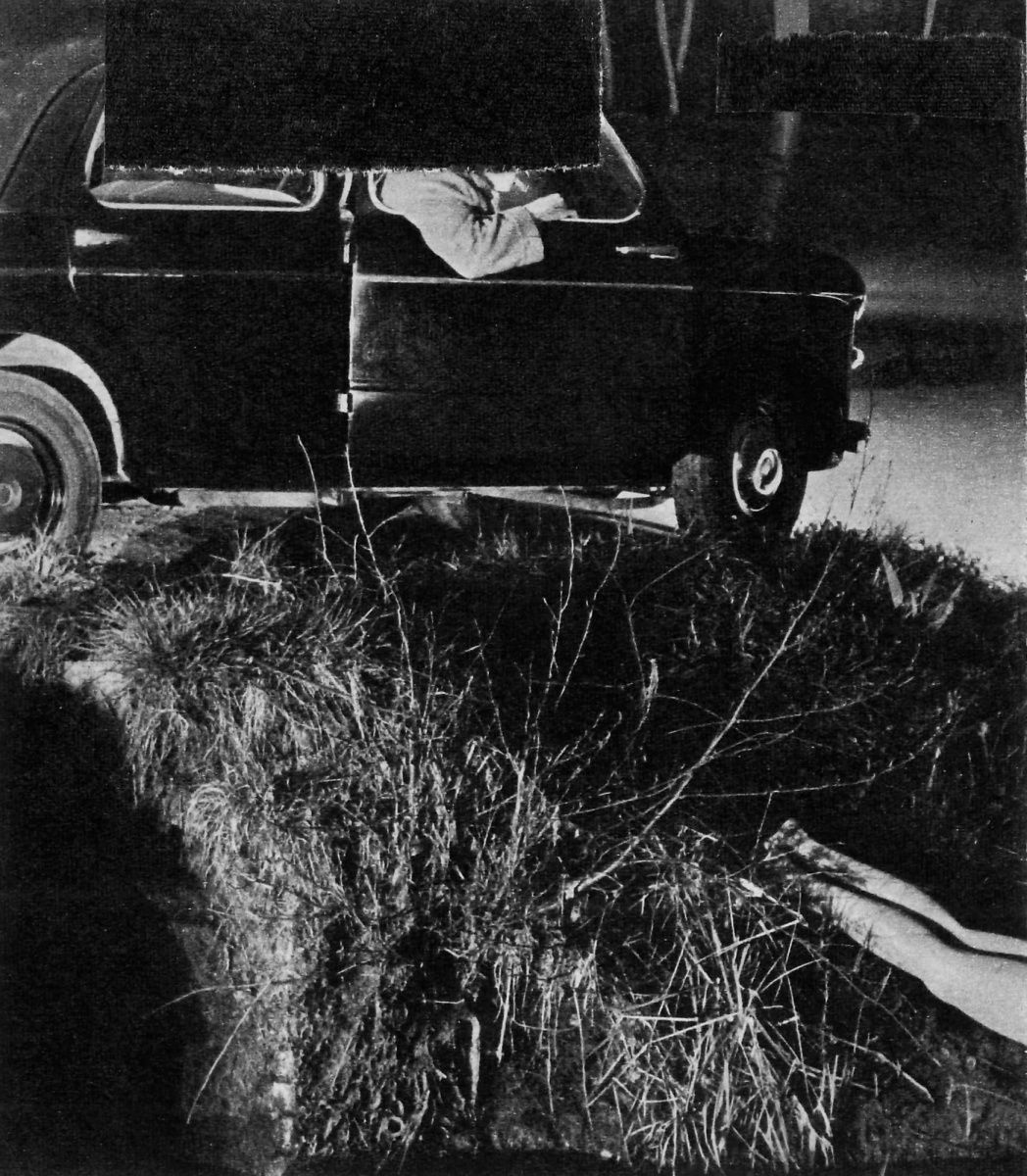Nieves Mingueza: Case 3181

Nieves Mingueza is a Spanish documentary photographer whose work bridges the gap between the conceptual, personal and political. She often works as a multimedia artist using images as well as text, collage, video and installation. In her own words, Mingueza “explores and activates the archives to address social and gender issues”. Her project Case 3181 is probably best described as an experimental visual essay that combines found imagery from vintage magazines and her own photographs.
Case 3181 has its beginnings around two years ago when Mingueza found an old magazine dating back to 1959 at a flea market in Venice. She was intrigued by the crime scene reconstructions she found inside and how the authors used a mannequin to portray femicide — the intentional act of killing women or girls because they are female.

The found magazine is the visual starting point of the project, which lay dormant for a couple of years, and the photographer’s main intentions are to “denounce, make visible and represent gender violence without re-victimising the victims and without normalising the problem”.
The photographs are reminiscent of a depiction of a crime scene, but not by forensic officers — they are far too blurry and disturbing to be useful for crime investigation. They, instead, create a mood of suspense and unease similar to that of film noir with its dark notes or a David Lynch psychological thriller. The scene is simple — a man and a woman, both in a car, are on a bridge. After a short discussion, the woman meets her end and we see her lying face down, with the man quickly and abruptly fleeing the scene. The victim’s objects are interspersed throughout the area — a comb, a bra and a T-shirt.
Mingueza, later on, photographed the hypothetical burial of the victim, including items of religious significance, and the project ends with a close-up image of the victim’s face, asking the viewers to confront her and her torments.
The body of work is highly unusual as it doesn’t reproduce a real-life event, but an imaginary reconstruction based on reality and fiction instead.
Sign up for the newsletter to read this post
We support independent documentary photographers and photojournalists by promoting their work. Read unique documentary stories with our newsletter.
